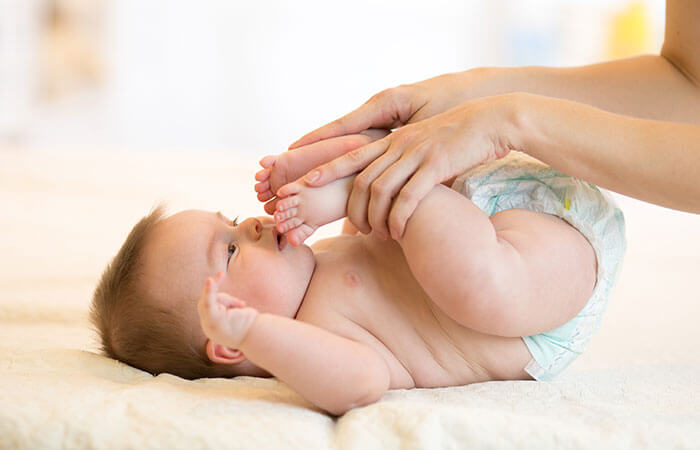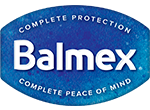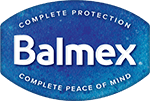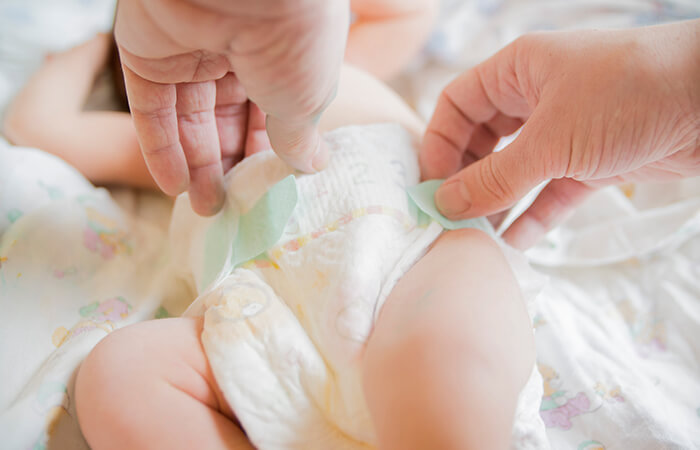How To Detect and Identify Diaper Rash Symptoms
Your baby has the softest, most delicate skin, which also means it’s very susceptible to irritation. The most common skin irritation for babies is, of course, diaper rash. Almost 75% of moms report that their baby gets a diaper rash at least once every six months. And over half of those babies experience diaper rash monthly. So if you suspect your baby has a diaper rash, don’t worry. You are not alone! Here are some signs to look for to identify different types of diaper rash:
75% of moms report that their baby gets a diaper rash at least once every six months.
Contact Dermatitis:
The most common type of diaper rash is primarily caused by friction, often between wet skin and the diaper itself. Look for mild redness, bumps and swelling, especially around the top edge of the diaper and around the leg openings. To help treat keep baby’s skin clean and dry and apply a thick layer of a zinc-oxide diaper rash cream to form a protective barrier against moisture.
Bacterial Dermatitis:
Most commonly caused by staph or strep bacteria, this type of diaper rash often starts when small nicks or cuts in the skin become infected. Be on the lookout for small, pus-filled blisters that leave behind honey-colored crust or scabs—this can be a sign of a strep infection. Staph is more likely to leave a well-defined bright red rash forming a ring around the anus. These types of diaper rash may require medical attention if they do not clear up quickly.
Candida Dermatitis:
Caused by an overgrowth of yeast, which can grow rapidly in a diaper, this type of diaper rash typically forms in the folds of skin. Yeast infections can also occur and cause the rash when children take antibiotics (or when mothers of breastfeeding babies take antibiotics). The rash usually looks like small red spots or bumps. Digestive enzymes found in pee and poop can be a complicating factor here, which is why Balmex uses a unique combination of soothing botanicals to neutralize these rash-causing irritants. Balmex protects and heals the affected skin, but it cannot treat the infection. The infection may require medical attention and a prescription anti-fungal cream.
Allergic Dermatitis:
As every baby is different, this type of diaper rash can be caused by a reaction to pretty much anything: lotion, soap, laundry detergent, or even material used in the diaper itself. Identifying the culprit can be difficult and takes a little detective work. Be on the look out for red or irritated skin anywhere in the diaper area that may have come in contact with a potential allergen.
As a parent, you are always watching your baby for signs of a diaper rash. If your baby seems more uncomfortable than usual or extra fussy when her diaper area is touched at bath time or at changing times, it could be an early sign that a diaper rash is developing.
Most diaper rashes are treatable with non-prescription diaper rash treatments like Balmex Complete Protection. But if your baby’s skin has blisters, open sores, is severely red, or does not respond to diaper rash treatments after 7 days, please call your pediatrician. A prescription medication may be required.





